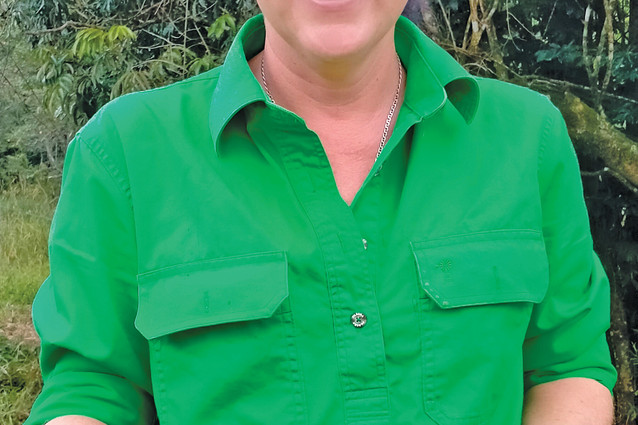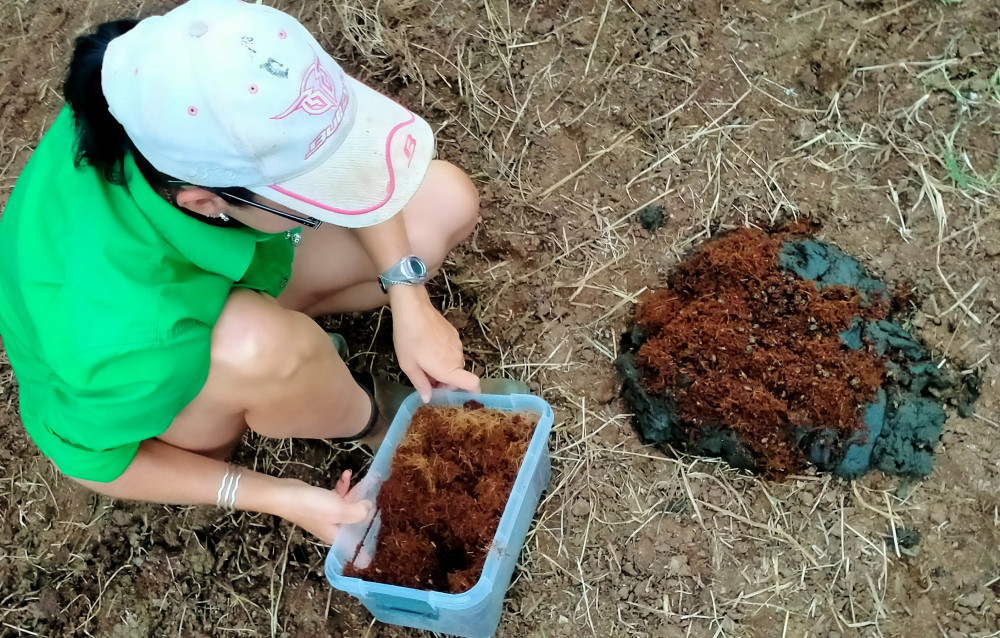On The Land
12 March, 2022
Tiny army beetles its way across Tablelands
THERE have been reports of farmers acting strangely on their properties all over the Tablelands recently.

They have been seen zigzagging erratically around their paddocks in vehicles and spending a lot of time standing, gazing transfixed at patches on the ground.
There have even been accounts of them making changes to ancient weed-spraying rituals - spraying less weeds and flies less often with less potent chemicals.
Even stranger, it seems the creature behind all this upset to daily routine is a tiny (practically invisible) plain looking black beetle that you would need David Attenborough to help you fi nd.
Thanks to a federal Landcare grant, project coordinators Louise Gavin of Remarkable NRM and Gail Abernathy of Wondecla have recently delivered one of the largest consignments of dung beetles ever to arrive in Far North Queensland to 15 participating local dairy and beef producers.
More than 15,000 dung beetles have been set free to 'work their magic' on fresh cow manure on Ravenshoe, Millaa Millaa, Malanda, Wondecla and Yungaburra farms and farmers are noticing dung disappearing completely under the soil within 48 hours of dropping.
A single cow pad can attract 2000 bush flies and CSIRO staff have stated that buffalo fly survival during experimental work had been reduced by 80% to 90% due to dung beetle activity.
“If they reduce flies we use less chemicals, which means less runoff to the reef. Removing dung from pastures and shifting those nutrients underground, fertilises and aerates the soil, improving pasture quality and reducing erosion, as well as breaking the parasite cycle,” Ms Gavin said.
“It is a win/win situation that is good for the farmers, the cattle, the environment and the reef,” she said. With this in mind we are seeing farmers driving around manure piles to avoid injuring the busy little dung beetles working hard inside them.
“Some farmers have reported more judicious use of insecticides, switching to those recommended as safe for dung beetles and using them only when necessary,” Ms Gavin said.
Project participants, Lisa Price and Simon Harden, or Ravenshoe said “the study has made us very aware of the importance of the dung beetles on our farm. We knew a little about them before we joined the group but our awareness and knowledge has greatly increased thanks to Louise and Gail.
“We are learning what they like and dislike and taking more notice of what affects them, like cane toads and chemicals and lights at night as well as how the wet and dry seasons change the type and numbers of beetles that visit our farm.
“We have seen how our cattle are not as badly affected by buffalo fly in summer as other farms because we have our manure buried quite quickly thanks to this little beetle.
“Mamma fly can’t lay her eggs in the manure which means we don’t need to spray any chemicals on the herd to relieve the biting insects, which all adds up to happy cows,” she said.
“Some of the farmers are in their second year of sending dung samples for identification to Dr. Bernard Doube of Dung Beetle Solutions. “We’ve learnt how important it is to have a variety of species, they all have different life cycles and work better in different months of the year,” group member Connie Petersen explained.
Project participant Dave Andersen of the Malanda Beef Plan Group said “we’ve increased the numbers of existing species, but because we've purchased new bloodlines purchased from insect breeder, John Feehan, it should make our existing colonies stronger.”
“Interested Tableland farmers attended a Landcare-funded Dung Beetle Information Day at Malanda recently to hear Dr. Doube speak, meet other farmers interested in dung beetles and learn more about how to look after the beetles they already have,” Ms Gavin said.




